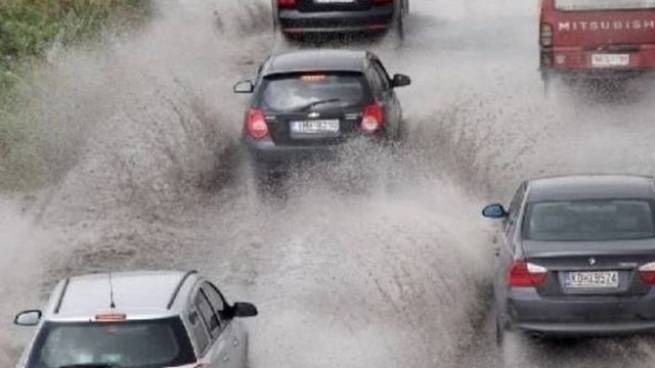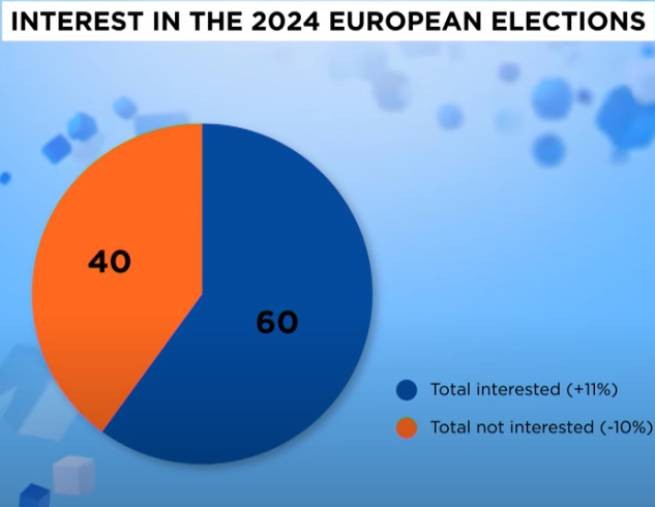A dead dolphin was found by vacationers on the beach “Magnos” (Neapolis) in Laconia.
Against this background, very disturbing news comes from Greek environmentalists. Large mammal populations are declining in the Aegean and Ionian Seas. And while marine biologists like to talk about the diversity of biological species in Greek waters, experts argue that whales and dolphins exist today only in spite of the lack of state policy in the field of conservation of rare species of fauna.
Bathers witnessed the sad spectacle – they saw a dead dolphin thrown out by the sea shortly after 16:00. Concerned citizens immediately informed the Coast Guard, and also called the Tulipa Gulimi (Τουλίπα Γουλιμή) association, which cooperates with Orion (protectors of nature and the environment).
The site ertnews.gr published a video of the discovery of a dead dolphin. The footage shows how vacationers tried to get the animal out of the sea, but could not, due to the large size of the marine life. Competent services are obliged to establish the causes of death of the dolphin.
Against this background, very disturbing news comes from Greek environmentalists. Large mammal populations are declining in the Aegean and Ionian Seas. And while marine biologists like to talk about the diversity of biological species in Greek waters, experts argue that whales and dolphins exist today only in spite of the lack of state policy in the field of conservation of rare species of fauna.
“The real beauty of our seas are whales, dolphins, sea turtles and seals,” says Anastasia Miliou, chief scientific director of the Archipelago Institute of Marine and Environmental Research in the Aegean Sea, “but we cannot guarantee their continued existence.”
Ms. Miliou – hydrobiologist, representative of Greece in EU on issues in the field of sustainable fisheries and maritime policy, and therefore is familiar with the problems of marine ecology firsthand. According to her, the fate of common dolphins in the Ionian Sea clearly points to a problem with the survival of rare species of animals. “About 15 years ago, there were about 150 common dolphins in the Ionian Sea. Officially, it is believed that today there are about 15 of them, but in reality there might not have been a single one left. The population is practically destroyed. This is probably because the stocks of the fish they feed on have been drastically reduced due to overfishing.” Fortunately, according to the ecologist, the population of common dolphins in the eastern and northern parts of the Aegean – about 70 in each region – is developing normally.
“Marine mammals occupy the upper steps in the food chain, therefore, their problems are indicative of problems in species that are lower in it,” the hydrobiologist emphasized. – There are only 450 white-bellied seals left in the world, of which 250 live in the Aegean and Ionian Seas. However, in 10 years of work at the Archipelago Institute, I personally found 12 dead seals: 10 of them were killed by fishermen, and only a couple died of natural causes.”
According to Miliou, the main threat to seals and other marine animals is anarchically developing tourism. “They are losing their natural habitat, and their safety is increasingly affected by the reduction of fish stocks,” Anastasia shared her worries. “The number of Mediterranean white-bellied seals has declined so much that any serious disease could wipe out the entire population within a few weeks or months.”
“The real beauty of our seas are whales, dolphins, sea turtles and seals,” says Anastasia Miliou, chief scientific director of the Archipelago Institute of Marine and Environmental Research in the Aegean Sea, “but we cannot guarantee their continued existence.”
Ms. Miliou – hydrobiologist, representative of Greece in EU on issues in the field of sustainable fisheries and maritime policy, and therefore is familiar with the problems of marine ecology firsthand. According to her, the fate of common dolphins in the Ionian Sea clearly points to a problem with the survival of rare species of animals. “About 15 years ago, there were about 150 common dolphins in the Ionian Sea. Officially, it is believed that today there are about 15 of them, but in reality there might not have been a single one left. The population is practically destroyed. This is probably because the stocks of the fish they feed on have been drastically reduced due to overfishing.” Fortunately, according to the ecologist, the population of common dolphins in the eastern and northern parts of the Aegean – about 70 in each region – is developing normally.
“Marine mammals occupy the upper steps in the food chain, therefore, their problems are indicative of problems in species that are lower in it,” the hydrobiologist emphasized. – There are only 450 white-bellied seals left in the world, of which 250 live in the Aegean and Ionian Seas. However, in 10 years of work at the Archipelago Institute, I personally found 12 dead seals: 10 of them were killed by fishermen, and only a couple died of natural causes.”
According to Miliou, the main threat to seals and other marine animals is anarchically developing tourism. “They are losing their natural habitat, and their safety is increasingly affected by the reduction of fish stocks,” Anastasia shared her worries. “The number of Mediterranean white-bellied seals has declined so much that any serious disease could wipe out the entire population within a few weeks or months.”







More Stories
Clearchos Marousakis warns of hail and tornadoes (video)
G. Kallianos: “24-hour bad weather with rain and downpours”
Dubai has turned into a lake: "This is what we've been waiting for so long"